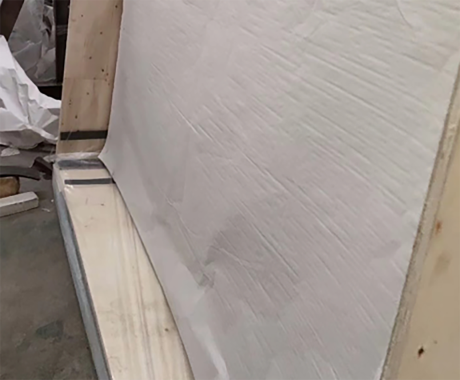

The Pricing Dynamics of 6mm Float Glass
Float glass has become an essential material in various industries, particularly in construction, automotive, and interior design. Among the different thicknesses available, 6mm float glass is widely used due to its optimal balance of strength and weight. Understanding its pricing dynamics is crucial for manufacturers, distributors, and consumers alike.
What is 6mm Float Glass?
Float glass is produced by a process that involves floating molten glass on top of molten tin. This method creates a smooth, uniform surface that is free of distortions, making it ideal for applications such as windows, mirrors, and glass doors. The 6mm thickness strikes a balance between durability and weight, making it a popular choice for various applications where safety and aesthetics are important.
Factors Influencing the Price of 6mm Float Glass
Several factors contribute to the pricing of 6mm float glass, including
1. Raw Material Costs The primary ingredients in float glass production are silica sand, soda ash, and limestone. Fluctuations in the prices of these raw materials directly impact the cost of producing glass. For instance, rising silica sand prices due to increased demand or supply chain disruptions can lead to higher float glass prices.
2. Manufacturing Processes The technology and equipment used in manufacturing float glass can affect its cost. Advanced production facilities with higher efficiency and lower energy consumption may produce glass at a lower cost than older plants. Additionally, the energy costs associated with melting the raw materials also factor into the overall pricing.
3. Market Demand The demand for construction materials, including float glass, can significantly influence prices. In growing economies where construction activities are booming, the demand for float glass may rise, driving prices upward. Conversely, during economic downturns, demand may decrease, leading to lower prices.

4. Transportation Costs The cost of transporting float glass from manufacturing facilities to distribution points is another critical factor. Increased fuel prices or logistical challenges can lead to higher transportation costs, which are typically passed on to consumers.
5. Geopolitical Factors and Trade Policies Tariffs, trade restrictions, and geopolitical tensions can affect the availability and pricing of imported float glass. Countries that rely on imported materials may see fluctuations in prices based on changing trade policies.
6. Consumer Trends Innovations in glass technology, such as energy-efficient glass and smart glass, are changing consumer preferences. Manufacturers may adjust their pricing strategies based on the popularity of certain types of float glass, which can also affect the price of standard 6mm float glass.
Current Pricing Trends
As of 2023, the price of 6mm float glass remains influenced by the factors mentioned above, with reports indicating a moderate increase in prices due to heightened demand in construction and manufacturing sectors. Furthermore, the ongoing disruptions in global supply chains continue to impact pricing stability.
In a world increasingly focused on sustainability and energy efficiency, the demand for float glass that meets such standards is on the rise. Consequently, manufacturers are now investing in new technologies to produce more sustainable variants of float glass, which may impact pricing structures in the future.
Conclusion
The price of 6mm float glass is a complex interplay of various factors that include raw material costs, manufacturing efficiency, market demand, transportation expenses, and geopolitical influences. Understanding these dynamics is crucial for all stakeholders, from manufacturers to end-users, to make informed decisions in the ever-evolving glass market. As consumer preferences shift and technological advancements continue to emerge, the float glass industry will likely experience significant changes in pricing and product offerings in the coming years.